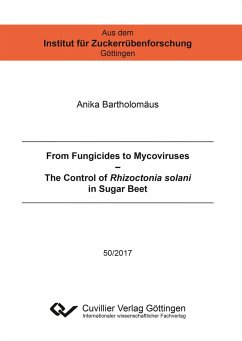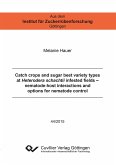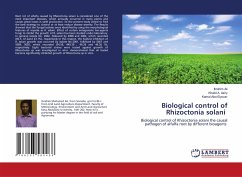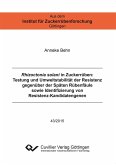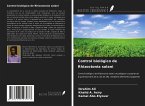Rhizoctonia root and crown rot, caused by the soil-borne basidiomycete Rhizoctonia solani, is one of the most important diseases in sugar beet and from increasing economic relevance in many European growing areas. In the EU, no fungicides against Rhizoctonia in sugar beet are registered and existing control approaches cannot completely control the disease. Two fungicides were evaluated for their control efficacy using different sugar beet cultivars with varying levels of resistance. The effect on disease severity, white sugar yield (WSY) and soil-borne inoculum, analyzed by qPCR, was determined in naturally infested fields and inoculated trials. Both fungicides showed an excellent disease control with a similar efficacy, securing WSY and reducing the soil-borne inoculum. As an alternative, mycoviruses, which induce hypovirulence, were analyzed as a further approach in the future. They are highly pathogen specific and might deliver long lasting control, once suitable biocontrol agents for Rhizoctonia have been identified. A method for virome characterization based on randomly transcribed dsRNA extracts analyzed by deep sequencing in the combination with the identification of the RdRp domain as virus marker was developed. The virome analysis revealed that the hypovirulent Rhizoctonia isolate DC17 is infested with 17 different mycoviruses of which some show close relation to known hypovirulence inducing viruses.

